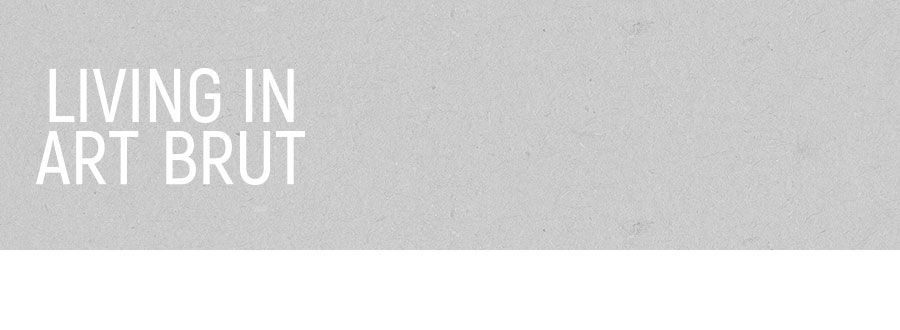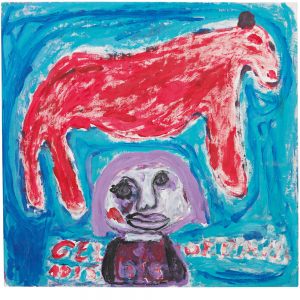Giordano Gelli
1928 to 2011, Italy
Giordano Gelli was born in Seano, Tuscany. A bombing raid during World War II left him severely injured and traumatised. Because he also stopped speaking, he began to receive psychiatric treatment in 1951. He was an artist at the Centro di Attività Espressive La Tinaia in the Vincenzo Chiarugi neuropsychiatric clinic in Florence, Italy. La Tinaia came into existence in 1964.
The name comes from the Italian “tini”, meaning “wine vats”. Wine vats were stored in the small farm building in the clinic’s park. The psychiatrist Franco Mori initiated the idea of creating an artistic outlet for patients. Due to improved pharmacological treatments, they required less inpatient care and he wanted to respond to their new situation. Massimo Mensi and Giovanni Buccioni, two carers and non-professional artists, created the atelier. It promoted artistic activity without a therapeutic programme. Giordano Gelli is among La Tinaia’s most important artists. He worked with various mediums, such as wood, clay, paper or canvas. He painted vigorously and determinedly using strong colours. His style is typified by heads and faces whose effect stems from their schematic simplicity. They are often interpreted to be autobiographical and are associated with feelings of loneliness. In later years he worked in the painting studio at the Luigi Pecci Museum in Prato, Italy where he was under the care of Beatrice Nabholz until his death. Giordano Gelli’s work appears in important museums and Art Brut collections such as the collection of Gerhard and Karin Dammann, Switzerland and the collection of Susi Brunner, Switzerland.
Selected works



